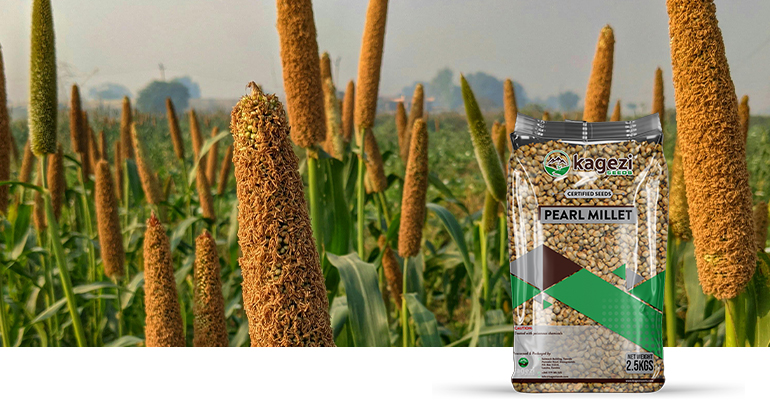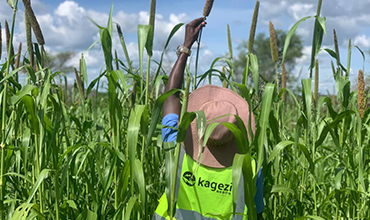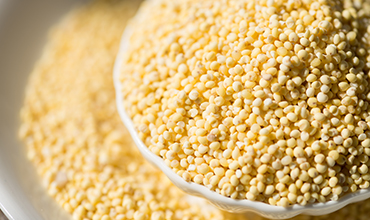No products in the cart.
Speak to a consultant
We can provide technical advice and all the information including support. Let's get talking
+260 771 720 046

Pearl Millet Seeds
Engineered for Zambia’s diverse climatic conditions, Kagezi’s Pearl Millet Seeds are the ultimate solution for sustainable farming. Designed to thrive in semi-arid regions, these seeds exhibit remarkable tolerance to drought and heat, making them ideal for Zambia’s southern and western regions where rainfall is often scarce. Their fast-maturing nature ensures reliable harvests, even under challenging weather patterns. With a rich nutritional profile, including high protein and iron content, pearl millet is a staple that contributes to food security and combats malnutrition. Whether for subsistence farming or commercial ventures, Kagezi’s Pearl Millet Seeds offer farmers a dependable choice for resilient and high-yield harvests.

Our Benefits
Kagezi’s Pearl Millet Seeds are crafted to provide farmers with a competitive edge in combating environmental and economic challenges. Here are four key benefits that highlight their superiority:

Drought Tolerance – Reliable growth
Nutritional Value – High in essential nutrients
Early Harvesting – Quick maturity
Economic Utility – Multi-purpose
Can these seeds withstand prolonged droughts?
Yes, they are specially bred to thrive under low moisture conditions, ensuring reliable harvests even during extended dry spells.
What is the best soil type for growing pearl millet?
Well-drained sandy or loamy soils are ideal for optimal growth.
How long does pearl millet take to mature?
It typically matures in 60–90 days depending on conditions and variety.

